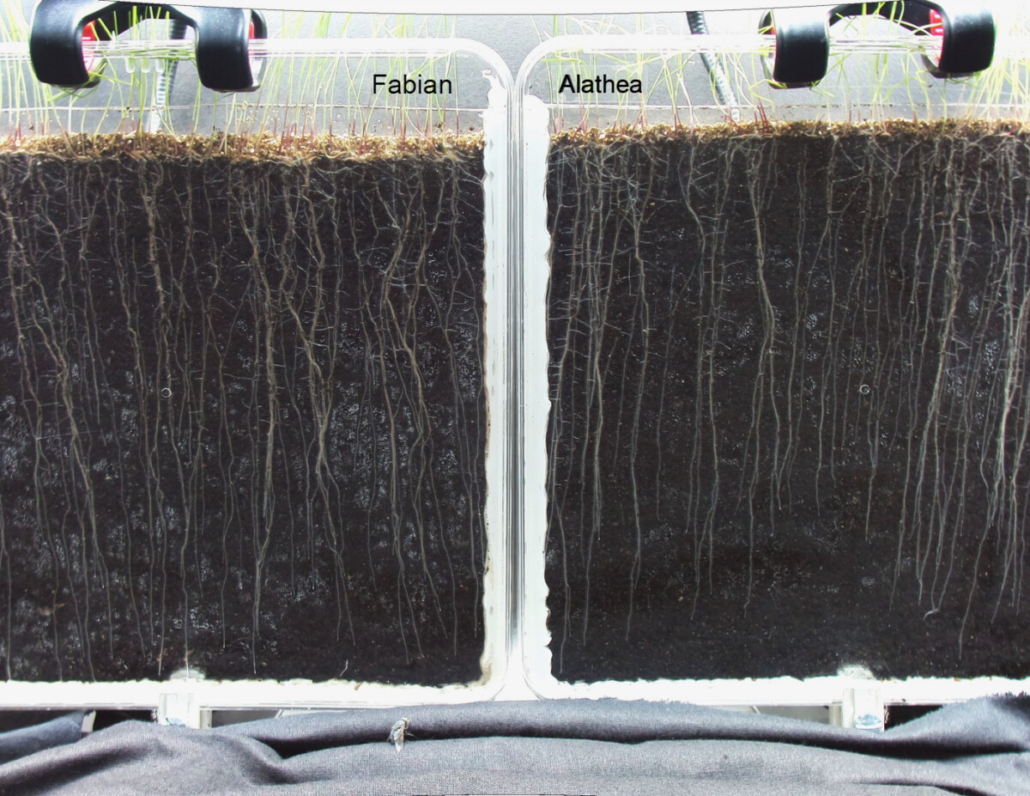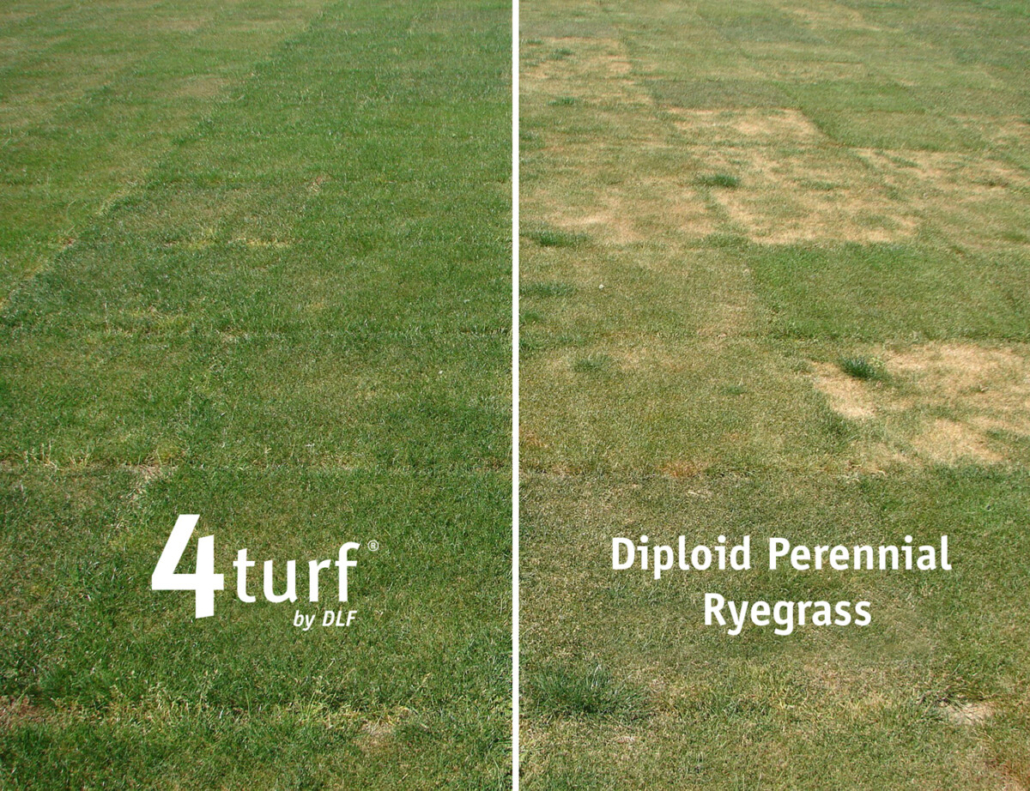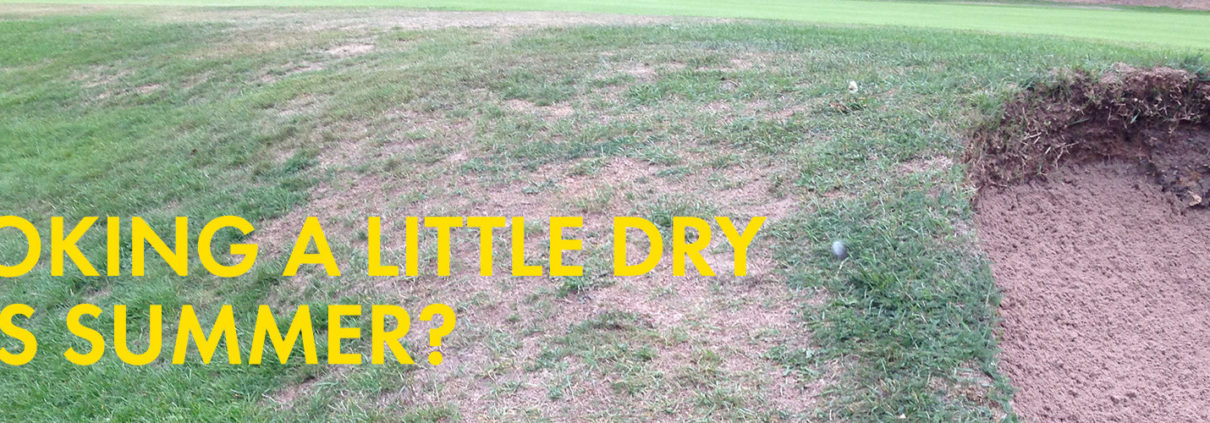Safeguard surfaces from drought with 4turf®
Safeguard surfaces from drought with 4turf®: With drought-like conditions becoming more common, turf managers can begin future-proofing their surfaces now with deep-rooting, drought-tolerant grasses such as 4turf® tetraploid perennial ryegrass from DLF.
Research conducted at DLF’s RadiMax root-screening facility has shown 4turf® to deliver deeper rooting and a better visual appearance when starved of water, compared to the performance of traditional diploid perennial ryegrasses.

Safeguard surfaces from drought with 4turf®
Where most plants or trees form new shoots at the top of the plant, grasses develop new shoots very close to the roots – highlighting the unique and important role that roots have in helping the grass to survive in stressful conditions. In situations of drought, soil always dries out from the top. As drought progresses down the soil, the first line of defence will be its deep root mass, which needs to be strong enough to enable the plant to continue taking up required water and nutrients.
In the trials, plants were assessed based on the root profile and above-ground tolerance. Roots were compared on their depth and how much colour the plant retained when starved of moisture. The results showed that 4turf® varieties had quicker root growth and a higher root mass in deeper soil layers, outperforming the diploids under the same trial conditions. Incorporation of the highest performing varieties into a spring overseeding mix aids in the establishment of a deeper rooting sward, better equipped to cope with spring drought – where some moisture remains in the deeper profile – and summer drought – where water is used up throughout the profile.
During prolonged periods of severe drought, the risk of restrictions or bans on drinking water being used to irrigate amenity grass becomes a real threat. That is the reason why many turf managers are looking to alternative water sources like reclaimed or recycled brown water but, in these situations, salt tolerance then becomes a major consideration. Foreseeing the issue, DLF also conducted screening of turf cultivars for salt tolerance where, again, 4turf® tetraploid perennial ryegrass came out on top.

Safeguard surfaces from drought with 4turf®
Choosing 4turf® also means you are assured of the highest disease resistance and quickest establishment – helping to keep weed ingress at bay.
It is also important to note that sustainable solutions don’t have to mean a compromise in quality. The latest 4turf® cultivars from DLF, like Fabian, are fine, dense and have excellent wear tolerance providing an attractive sward with fantastic environmental credentials. With the economic and climatic challenges ahead switching to 4turf® means that, come the next drought, the one thing you won’t be sweating over is your turf!
For the latest industry news visit turfmatters.co.uk/news
Get all of the big headlines, pictures, opinions and videos on stories that matter to you.
Follow us on Twitter and Instagram for fun, fresh and engaging content.
You can also find us on Facebook for more of your must-see news, features, videos and pictures from Turf Matters.













